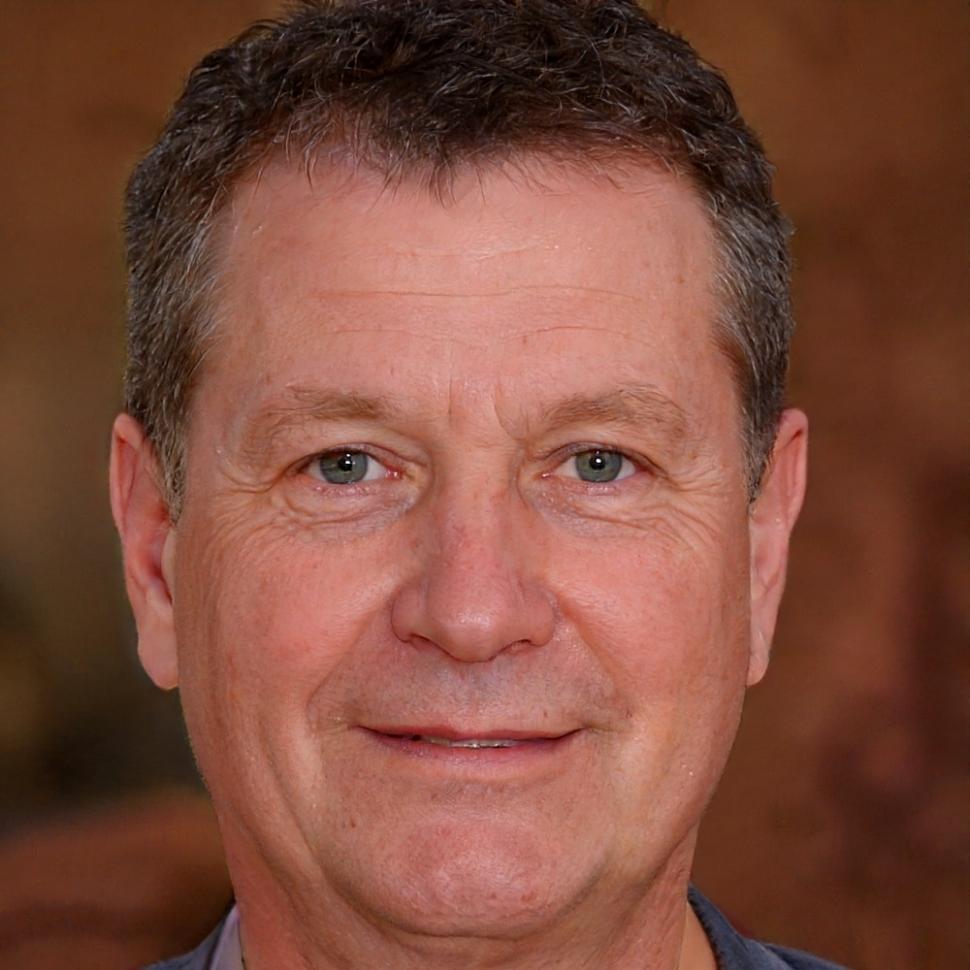From Paycheck Panic to Confident Planning
Hwan-Sik used to check his bank balance three times a day, worried about overdrafts. After working through our structured approach in early 2025, he built a buffer system that gives him breathing room. Not magic. Just methodical tracking and realistic adjustments that fit his actual spending patterns.



